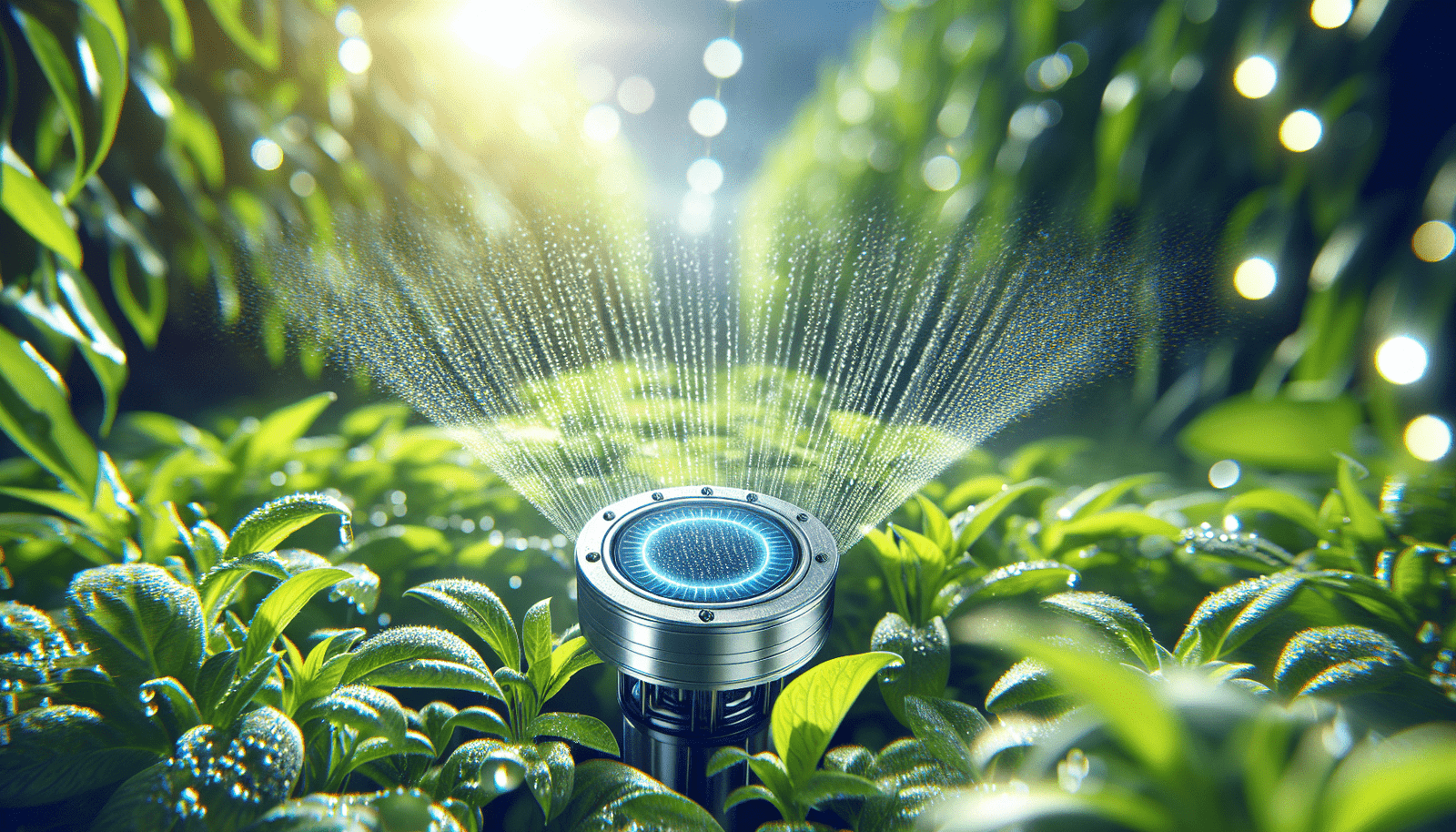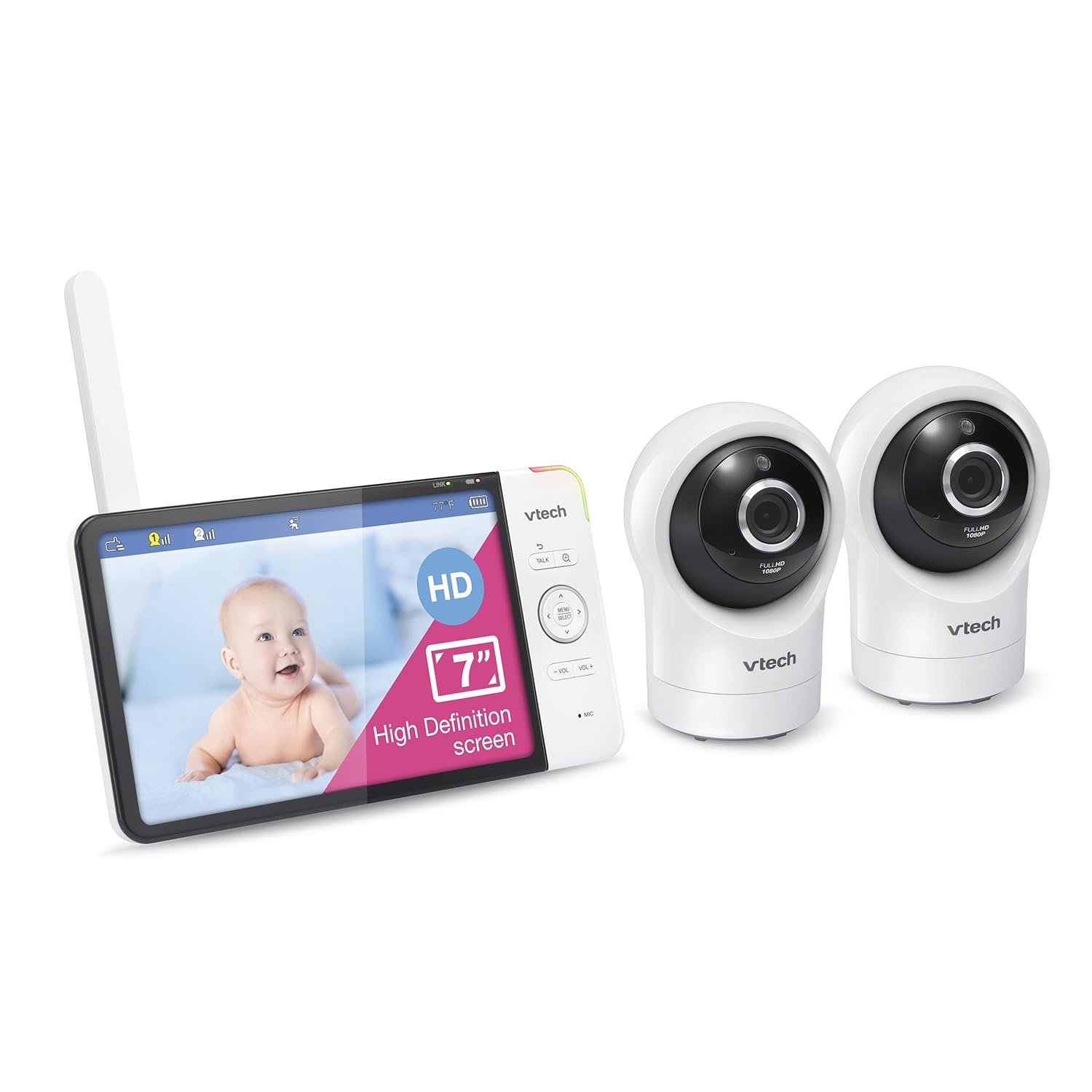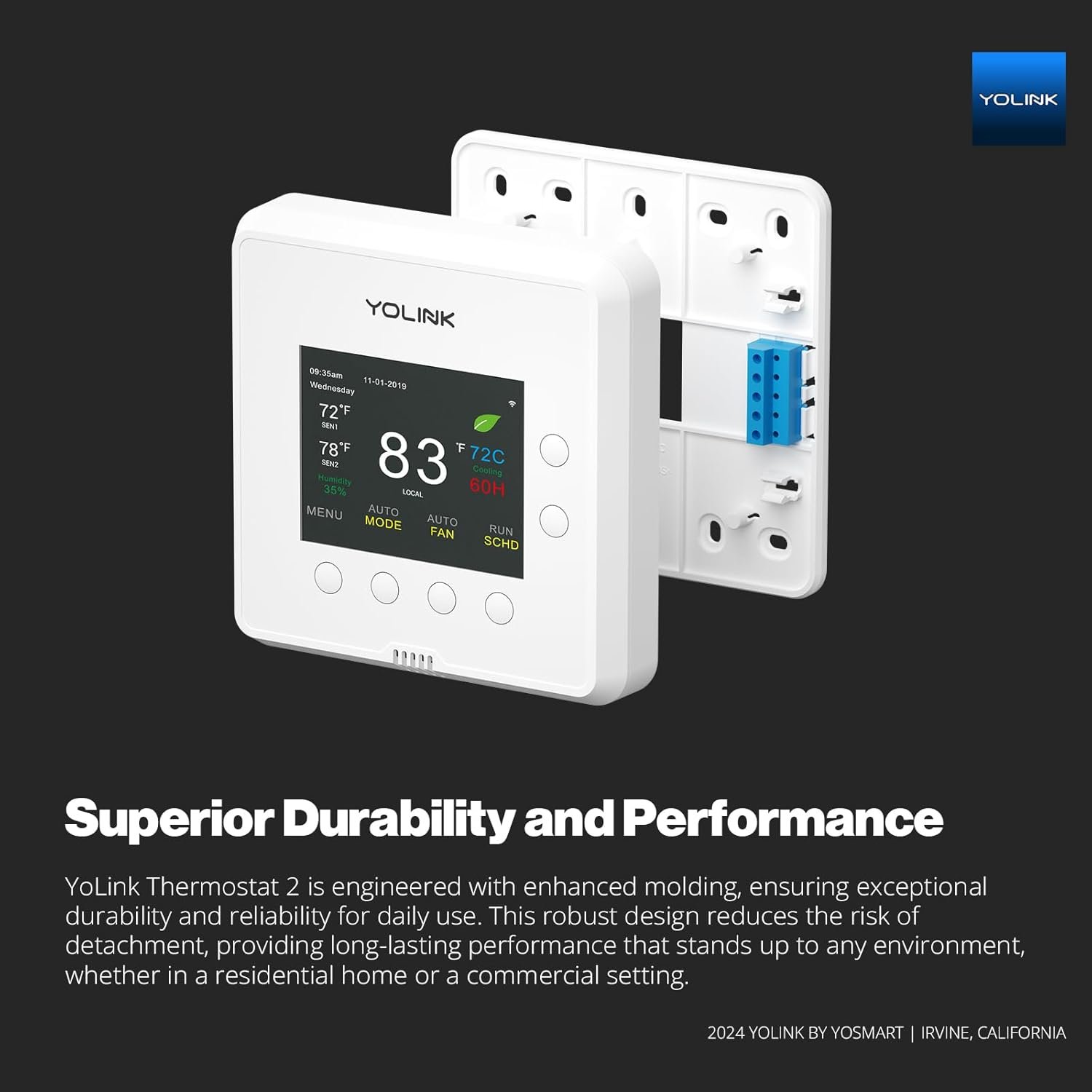Have you ever thought about how we can keep our gardens lush and green while conserving water and helping the environment? As technology advances, we’ve found solutions that not only make our lives more convenient but also help in preserving precious resources. One such fantastic innovation is smart irrigation. Let’s explore how these systems are changing the way we water our gardens and lawns, making them healthier and more sustainable.
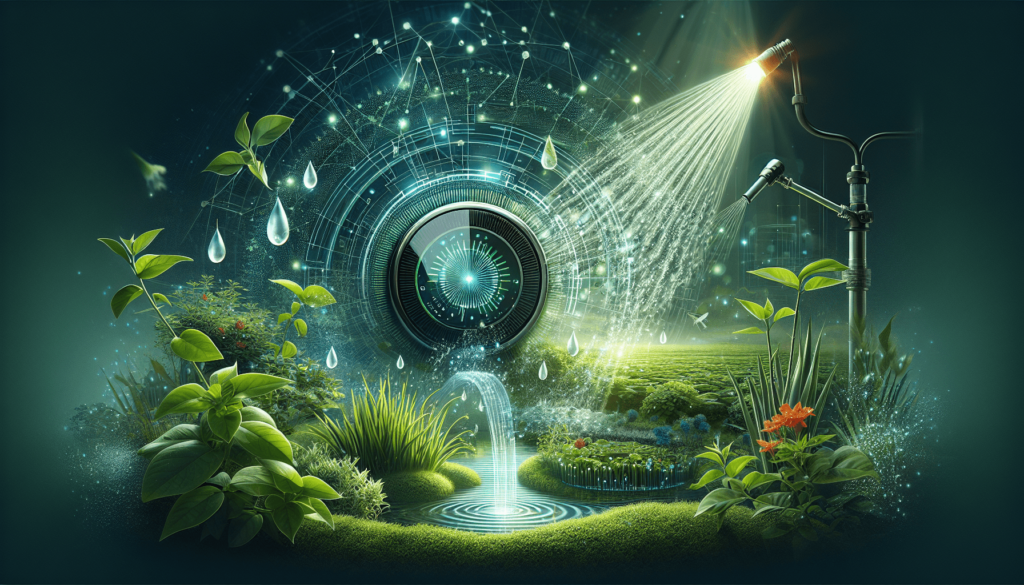
Understanding Smart Irrigation Systems
Smart irrigation systems are advanced watering solutions designed to take the guesswork out of watering your garden. By using technology to monitor weather conditions, soil moisture, and plant needs, these systems provide the right amount of water exactly where and when it’s needed.
How Do Smart Irrigation Systems Work?
Smart irrigation systems primarily rely on a combination of sensors and controllers that adjust the watering schedules based on real-time data. By taking into account factors like temperature, humidity, rain forecast, and soil moisture levels, they automatically optimize the watering process, ensuring that no drop is wasted.
Components of Smart Irrigation Systems
A typical smart irrigation system consists of:
-
Controllers: These devices are the brain of the system. They manage the schedule and amount of water delivered.
-
Sensors: Soil moisture sensors, rain sensors, and weather data inputs help tailor the watering schedule.
-
Valves and Sprinklers: These components deliver water to different zones in your garden or lawn, opening and closing as directed by the controller.
Comparing Smart and Traditional Irrigation Systems
Traditional irrigation systems operate on a fixed schedule, watering your garden at set times without accounting for environmental factors. Smart systems, however, provide adaptability, adjusting their operations based on real-time data, which leads to significant water savings.
| Feature | Traditional Irrigation | Smart Irrigation |
|---|---|---|
| Schedule Flexibility | Fixed and manual | Automatically adjusted |
| Environmental Data Integration | None | Real-time weather and soil |
| Water Usage Efficiency | Less efficient | Highly efficient |
| Initial Cost | Lower | Higher |
| Long Term Cost Savings | Minimal | Significant |
| Ease of Use | Manual adjustments needed | Automatically managed |
Benefits of Smart Irrigation
Transitioning to a smart irrigation system can provide numerous advantages, especially when focusing on conserving water and maintaining healthy landscapes.
Water Conservation
One of the primary benefits is water conservation. Smart systems use data to deliver water precisely and efficiently, reducing waste. This precision is vital in areas prone to drought or regions with strict watering regulations.
Environmental Impact
By reducing water waste, smart irrigation systems contribute to environmental conservation, protecting natural water reserves and reducing runoff that can pollute local waterways.
Cost Savings
Although they might require a higher initial investment, smart systems save money in the long run by reducing water bills and minimizing the need for extensive garden maintenance or plant replacement.
Enhanced Plant Health
Plants receive the right amount of water, promoting healthier growth and reducing the likelihood of overwatering, which can lead to root diseases and other plant health issues.
Convenience and Control
Modern smart irrigation systems can be easily controlled via smartphone apps. This connectivity allows you to make adjustments remotely, providing greater control and convenience.
Choosing the Right Smart Irrigation System
When selecting a system, several factors need to be considered to ensure that you maximize the benefits.
Assess Your Needs
Understand your garden’s unique requirements. Consider the types of plants, the layout of your garden, and local climate conditions. A garden with varying plant species may need a more sophisticated system with advanced zonal controls.
Budget Considerations
While smart systems are an investment, they can vary significantly in price. Look for options that fit your budget while still providing the essential features necessary for efficient garden upkeep.
Compatibility with Existing Systems
If you have an existing irrigation setup, check for compatibility with smart upgrades. This can save costs and simplify the transition process.
User-Friendly Features
Opt for a system that offers an intuitive interface and reliable customer support. Having the ability to quickly understand and navigate your system will make managing your garden less of a chore and more of an enjoyable activity.
Upgrading Traditional Systems to Smart Irrigation
For those not starting from scratch, retrofitting an existing system with smart technology can provide many of the same benefits.
Retrofitting Process
The retrofit process involves replacing your current controller with a smart one, installing sensors, and possibly upgrading your sprinkler heads or valves to models compatible with smart control.
Cost and Savings Analysis
Upfront costs for retrofitting are generally lower than installing new systems. However, you can still achieve significant water savings and increased plant health, offering a good return on investment.
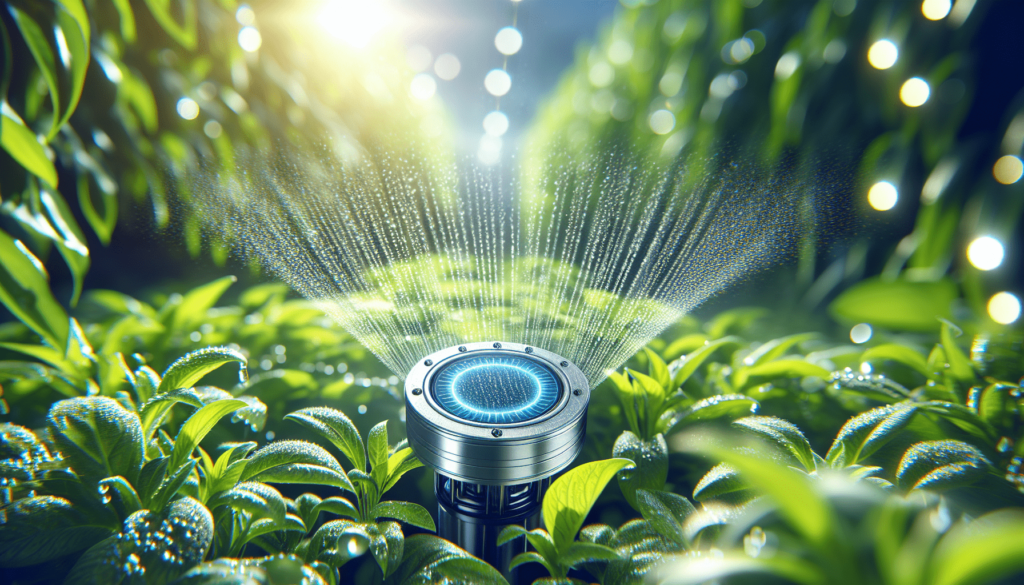
Technological Advancements in Smart Irrigation
The world of smart irrigation is constantly evolving, with innovations that are increasing efficiency and integration capabilities.
Integration with Smart Home Systems
New systems often integrate with other smart home devices, allowing you to manage your garden alongside your smart lighting, security, and thermostat systems within a single app. This integration facilitates a seamless indoor-outdoor smart environment.
Advancements in Sensor Technology
Modern sensors are becoming increasingly sensitive and accurate, enabling even better water management and plant care.
AI and Machine Learning Applications
Artificial Intelligence and Machine Learning are being incorporated to predict water needs based on patterns learned over time, further optimizing water usage.
Real-World Applications and Success Stories
Many homeowners and businesses are already experiencing the profound impact of switching to smart irrigation systems. For example, a community in California facing strict water restrictions saw a reduction in water usage by over 30% after replacing traditional systems with smart technology. This not only helped them comply with regulations but also maintained the health and beauty of their shared landscaping.
Evaluating Cost-Effectiveness
When contemplating the switch, it’s crucial to weigh the costs against the long-term savings and benefits.
Initial Investment
Smart irrigation systems are more expensive upfront due to the technology involved. However, prices are decreasing as the technology gains popularity.
Long-Term Savings
As mentioned, the reduction in water use and damage from incorrect watering practices results in significant savings over time.
Government Incentives
Check for local government incentives, rebates, or subsidies for water-saving technologies, which can reduce the initial cost burden.
Common Misconceptions
Some misconceptions deter people from upgrading to smart irrigation systems.
Complexity and Maintenance Concerns
Many fear that smart systems are overly complex or require frequent maintenance. In reality, these systems are designed to be user-friendly and require less manual intervention than traditional systems.
Perceptions of High Cost
While the upfront costs can be high, many fail to consider the broader picture of long-term savings and environmental benefits.
Practical Tips for Smart Irrigation Installation and Use
Once you decide to implement a smart irrigation system, here are some practical tips to ensure you get the most out of your investment:
-
Schedule Regular System Checks: Even smart systems benefit from periodic reviews to check for sensor misplacements or blockages in sprinklers.
-
Optimize Watering Schedules: Use your system’s data-driven recommendations but feel free to make adjustments based on personal observations of your garden’s health.
-
Stay Updated on Software Upgrades: Manufacturers provide software updates to fix bugs and improve efficiency; make sure your system is up to date.
-
Understand Local Climate Trends: While your system will adjust for weather changes, being aware of seasonal patterns can help in manual schedule fine-tuning.
Conclusion
By adopting a smart irrigation system, you’re not just investing in your garden but contributing to a more sustainable future. As you continue this journey, you’ll find that these systems provide more than just water savings; they deliver convenience, healthier plants, and a way to be part of the environmental conservation effort. So why not take the next step and explore how smart irrigation could transform your garden?
Disclosure: As an Amazon Associate, I earn from qualifying purchases.
